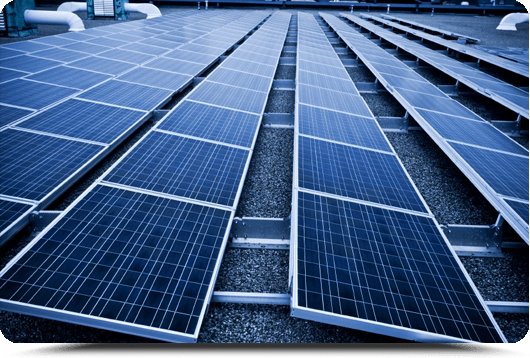California Legislature Increases Renewable Energy Mandate To 60% By 2030, Carbon-Free By 2045
SB 100 still needs Governor Brown’s signature but cements state’s leadership on renewables
 California continues to show its climate leadership, as the state legislature yesterday passed the groundbreaking Senate Bill 100 (De León) to bump its renewable portfolio standard from 50% to 60% by 2030, while pledging to achieve a 100% carbon-free grid by 2045. The state joins Hawaii, which had set a similar 2045 goal in 2015.
California continues to show its climate leadership, as the state legislature yesterday passed the groundbreaking Senate Bill 100 (De León) to bump its renewable portfolio standard from 50% to 60% by 2030, while pledging to achieve a 100% carbon-free grid by 2045. The state joins Hawaii, which had set a similar 2045 goal in 2015.
California is now the leader within the U.S. at deploying renewables like solar and wind (excluding hydropower). Even Hawaii’s 2017 deployment of 27% renewables lags California’s at 35% in 2016, the latest years that figures are available.
The success of SB 100 (though Governor Brown has yet to sign it) is due in large part to the astounding decrease in the price of solar PV over the past decade. Despite utility objections, the state set the aggressive goal just three years ago of achieving 50% of its electricity from renewable sources by 2030. Now just three years later, due to the speed and low cost of deployment, the legislature feels confident enough to boost that target an additional 10%.
And with the new “carbon-free” grid goal by 2045, California will have to ensure that its electricity mix includes only greenhouse-gas free sources like hydro, solar, wind, biomass, and perhaps nuclear. No longer will the state be able to rely on natural gas power plants to fill in the gaps in solar and wind production. And crucially, the legislation requires that achieving this target does not increase emissions elsewhere across the west. Otherwise, California has seen “resource shuffling” occur, where out-of-state renewables serve Californians instead of another state, causing the original state to replace the lost clean power with dirty energy.
Overall, the success of renewables deployment in the electricity sector is one of the primary reasons that California achieved its 2020 greenhouse goal four years early. And as the state moves to electrify more of its vehicles to reduce emissions from this growing sector, powering those vehicles from clean electricity will become even more critical.
Once again, while the federal government backslides, California is showing the country and the world what real leadership on clean technology and climate change looks like.






Reader Comments